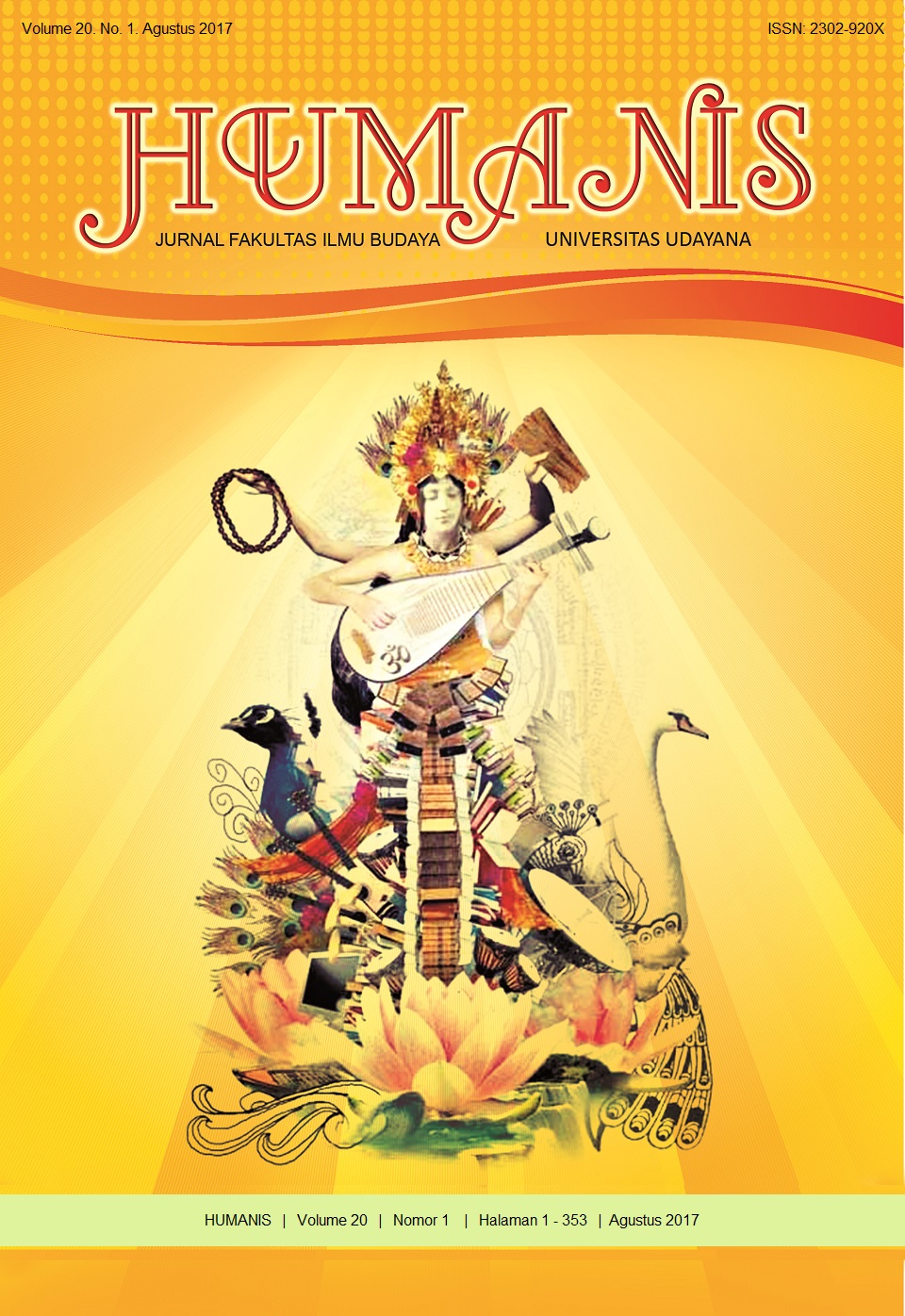Pelabuhan Sangsit Sebagai Pusat Perdagangan pada Masa Pemerintahan Kolonial Belanda di Kabupaten Buleleng Abad XIX
Abstract
In the 10th century, Sangsit Harbor had been functioned as a trading harbor. It is based on the research done by archaeology Center in 1998, in the form of ceramic findings dated from Sung Dynasty (10th-13th century) and Ming Dynasty (16th-18th). Sangsit Harbor gave opportunities for both local and foreign trader to seek a better life and made it heterogeneous urban areas. During the Dutch Government, the Harbor Sangsit had ability to do import and export trade that was support by several factors and made it became the center of trading in 19th century in Bali. This study aims to identify development factors and the role of the Harbor Sangsit during the Dutch Colonial Government to the 19th century.
The theories used in this research are port development theory, international trade theory, and the theory of structural-functional. This qualitative research using data collection methods such as literature study, observation, and interviews. The results obtained are factors of development of the Harbor Sangsit that made it as trading center in Bali. In 19th century these factors are factor of geographic, socio economic, culture, and politic. Through these factors, the contributions of Harbor Sangsit for the society could be known. The contribution are in the fields of economic, politic, and socioculture.


















